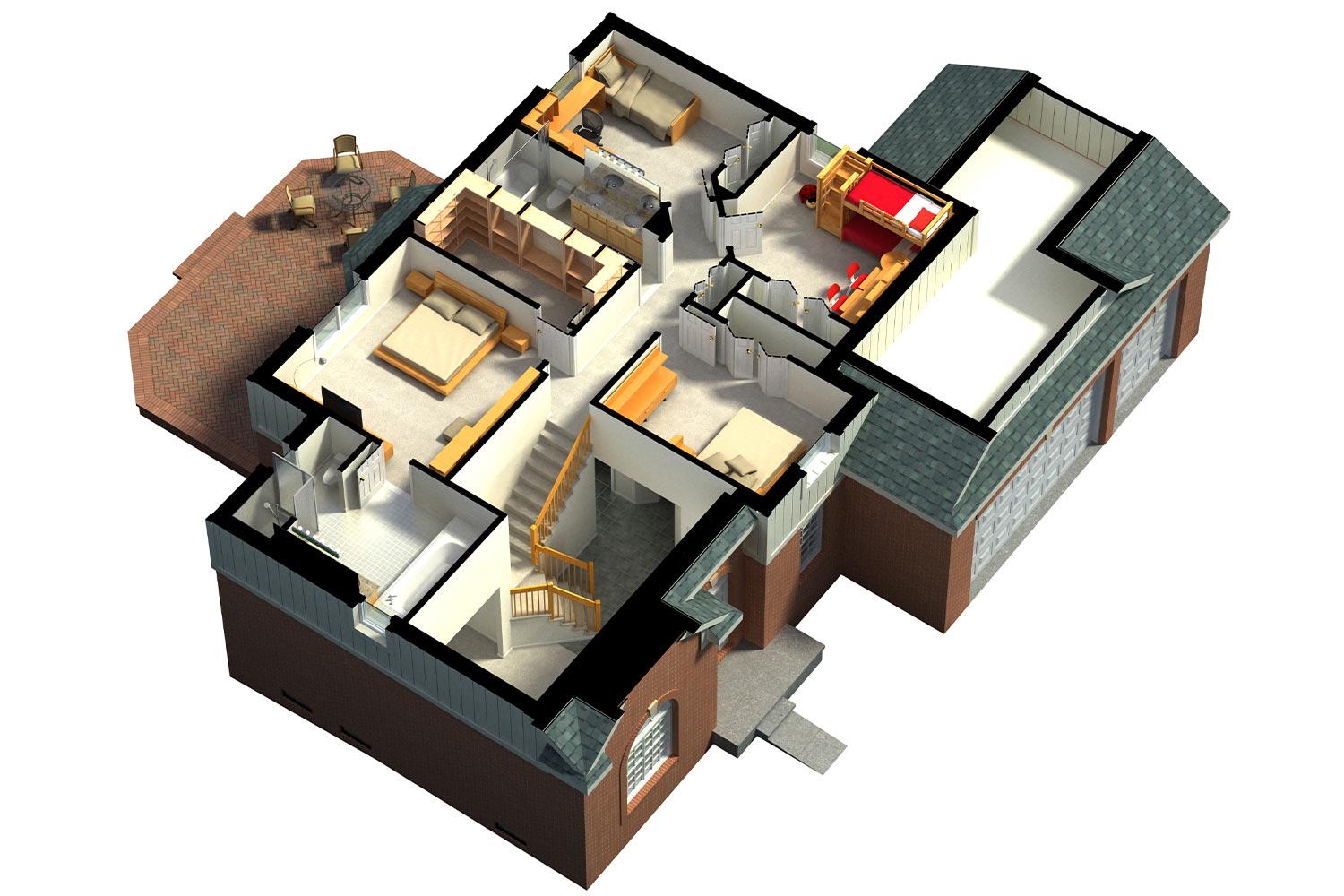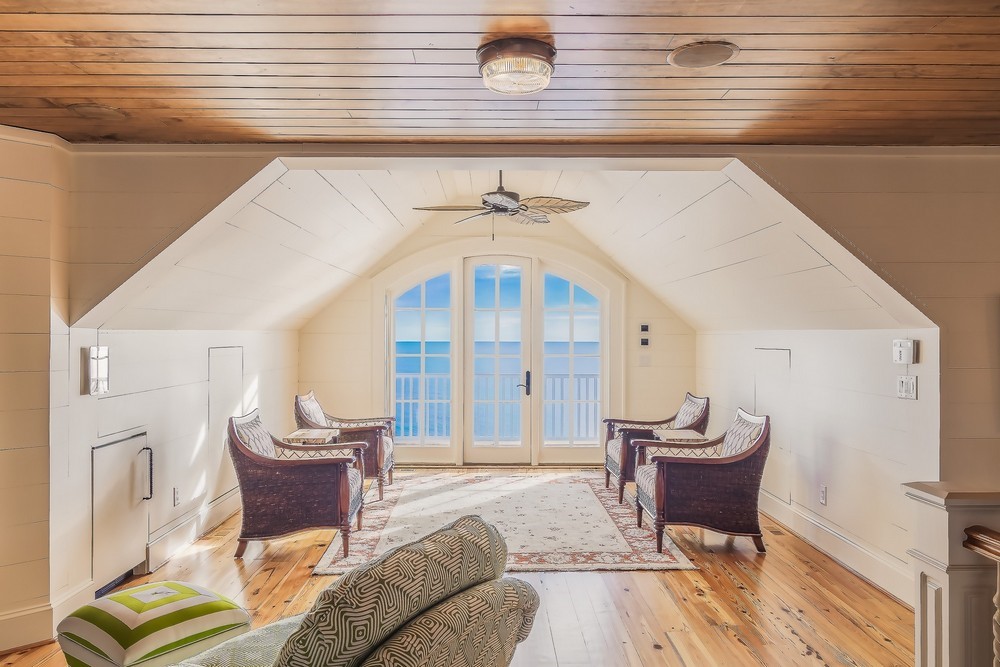Imagine this: you love your home, its location, and its charm, but finding space for a growing family is becoming a challenge. You dream of adding a second floor, but the thought of living through construction sounds daunting. “Can I even stay in my house while it’s being built?” you wonder. The good news is, for many homeowners, it’s absolutely possible to live in your house while adding a second story. However, a successful living-through-construction experience requires planning, communication, and a good dose of flexibility.

Image: togetherdesignbuild.com
This article explores the key considerations for living in your house while adding a second floor. From choosing the right contractor to understanding the challenges and potential disruptions, we’ll guide you through the process, helping you make informed decisions and ensure a comfortable living experience during the construction phase.
Navigating the Construction Journey
Choosing the Right Contractor
Your contractor is your partner in this project, so choosing the right one is crucial. A contractor experienced in second-story additions and living-through-construction projects is essential. Consider these factors:
- Experience: Look for a contractor with a proven track record in second-story additions, demonstrating their understanding of structural challenges and building codes.
- Communication: A good contractor will be transparent, proactive, and responsive to your concerns. Look for someone who utilizes clear communication methods, keeping you informed about timelines, potential disruptions, and any unexpected challenges.
- Safety: Discuss safety protocols with your contractor, ensuring a safe environment for your family and the construction crew. Ask about their safety training and how they manage potential hazards during construction.
Planning for Disruptions
Adding a second story will inevitably disrupt your daily life. Here’s how to prepare:
- Staging: Talk to your contractor about staging the project. Can they work on one section of the house at a time? This will help minimize the impact on your living spaces.
- Dust Control: Construction sites generate dust, so dust control measures like plastic sheeting and air purifiers can help mitigate its impact on your home.
- Noise Control: Construction is noisy. Discuss with your contractor the use of sound-absorbing materials and noise mitigation techniques to minimize noise levels. Remember that construction hours may be restricted in your area.

Image: cptbuilders.co.za
Minimizing Disruptions To Your Life
Living through construction requires flexibility and adaptation. Here are some tips:
- Pack Up: Prepare your home for construction by packing away valuable items and furniture, especially in areas directly impacted by the work.
- Temporary Living Spaces: Consider setting up temporary living areas to minimize disruptions. This could include using a guest room, basement, or even a temporary tent structure in your yard.
- Stay Flexible: Be prepared for unexpected delays and adjustments to your schedule. Construction projects often encounter unforeseen circumstances, so maintaining flexibility is crucial.
- Communicate: Stay in regular communication with your contractor, expressing your concerns and discussing any issues that arise.
Understanding the Challenges
While adding a second floor while living in your house is possible, it’s not always ideal. These challenges are worth considering:
- Increased Dust and Debris: Construction will generate dust and debris. While dust control measures can help, expect some level of mess and be prepared for cleaning.
- Noise and Vibration: Construction activities will create noise and vibration. This can disrupt your sleep, work, and daily routine. Be prepared with earplugs, noise-canceling headphones, and sound-absorbing materials.
- Limited Access: Parts of your home might be inaccessible during construction. This could impact your daily routines, such as using bathrooms or kitchens.
- Safety Considerations: Construction sites are inherently dangerous. It’s important to stay aware of your surroundings and follow safety precautions. Keep young children and pets supervised and away from the construction area.
Benefits of Living in Your House During Construction
Despite the challenges, there are advantages to living in your house during the construction process:
- Cost Savings: Living in your house avoids the expenses associated with temporary housing, such as hotel stays or rentals.
- Convenience: You have easy access to your belongings, daily routines, and neighborhood amenities.
- Personalization: You can directly observe the progress of your project, offer feedback to your contractor, and make adjustments as needed, ensuring the finished product reflects your vision.
Tips for a Successful Living-Through-Construction Experience
Here are some tips to maximize your comfort and minimize disruptions:
- Communicate: Maintain regular communication with your contractor. Discuss your concerns and preferences related to noise, dust, access, and scheduling.
- Plan Ahead: Pack up personal belongings and create temporary living areas before construction begins. Consider how you will handle daily routines during disruptions.
- Prepare for Discomfort: Dust control measures can help, but some exposure is inevitable. Be prepared for mess and inconveniences.
- Be Flexible: Accept that the unexpected may happen. Construction projects often encounter delays and changes. Stay flexible and adjust your expectations.
Alternative Options if Living Through Construction Isn’t Feasible
If living in your home while adding a second story isn’t practical or comfortable, consider these alternative options:
- Temporary Relocation: Moving out temporarily could be the best option if your house is too small or if you have young children or pets who need a peaceful environment.
- Phased Construction: If possible, your contractor might be able to build the second story in phases, allowing you to live in certain parts of your home while the rest is under construction.
Can You Live In House While Adding Second Floor
Conclusion
Adding a second floor while living in your house can be a challenging yet rewarding experience. By choosing the right contractor, planning for disruptions, and maintaining open communication, you can make the process more manageable. Ultimately, the decision boils down to your individual circumstances, comfort levels, and the level of disruption you’re willing to tolerate. By weighing the benefits and challenges, you can make an informed decision that best suits your family’s needs and desires. Remember, a successful living-through-construction experience requires patience, understanding, and a shared commitment to achieving your home renovation goals.





